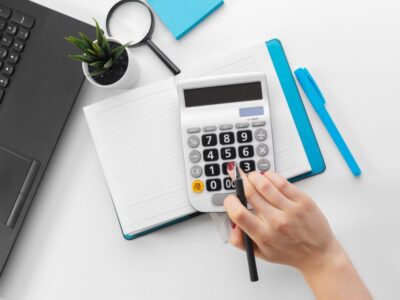At the end of 2021, the total US household debt increased to $15.58 trillion. As a result, balances on most types of debt also rose.
While having debt isn’t always bad, it can make you go bankrupt if you don’t manage it properly. So, if you’re about to take on debt yourself, it’s best to know the types available to help you make the right decisions.
Don’t worry, though, as this guide covers what you need to know. Read on to learn about the most common debt types.
Unsecured Debt
Unsecured debt is debt that doesn’t require security or collateral, an asset of value. Personal loans, traditional credit cards, and student loans are some examples.
Since you don’t have to pledge collateral, lenders must rely on your credit report. They do so to gauge how creditworthy you are, such as how likely you are to pay them back or if you might default. They also look at your credit score, personal finances, or loan payments history.
A high score and a clean report often improve your chances of qualifying for unsecured loans. They can also help you snag a lower interest rate.
Secured Debt
Secured debt is debt that requires collateral, securing repayment if the borrower defaults. Examples include auto loans, mortgages, and pawn loans.
Secured debt can be easier to qualify for than an unsecured loan. However, failure to repay a secured loan can lead to the lender seizing the pledged property.
Suppose you missed one monthly payment for your auto loan. Unfortunately, the financial institution that issued your loan can already repossess your car. Many states allow this, but some lenders are more lenient, giving you more time to make good on your payments.
Revolving Debt
Revolving debt comes with a line of credit (LOC) you can borrow against for as long as you have available credit. The LOC account often has a limit or maximum amount set by the lender.
There are two types of revolving debt: unsecured and secured debt. Credit cards, which about 196 million people in the US own, are examples of the former. A home equity line of credit (HELOC) is a secured revolving debt; the house serves as collateral.
Installment Debt
Installment debt refers to a lump-sum loan given to the borrower at the beginning of a loan contract. Thus, many people refer to it as non-revolving debt, as you get the entire amount in one go. The lending or banking establishment then splices that into monthly payments.
Personal loans, mortgages, auto loans, and student loans are all installment loans.
Utility Debt
As of December 2021, US households owed power companies almost $20 billion. That’s from unpaid energy utility bills.
However, utility debt can result from any missed utility payments. Examples include gas, water, Internet, cable TV, and phone. A streaming service subscription can add to utility debts, too.
You may also have add-on services to your phone bill, such as a gaming subscription with GameMine. You can check out this guide to learn more about this platform and how it affects your mobile operator bill.
Properly Handle All Types of Debt
As you can see, there are at least five types of debt that many US households carry. The first four aren’t always negative; it’s the last one you want to avoid racking up at all costs. Still, debt is debt, so always make sure your finances can handle them before taking out a new loan.
Would you like to read more guides on money matters or the financial industry? Then be sure to browse our latest news and blog posts!












Comments